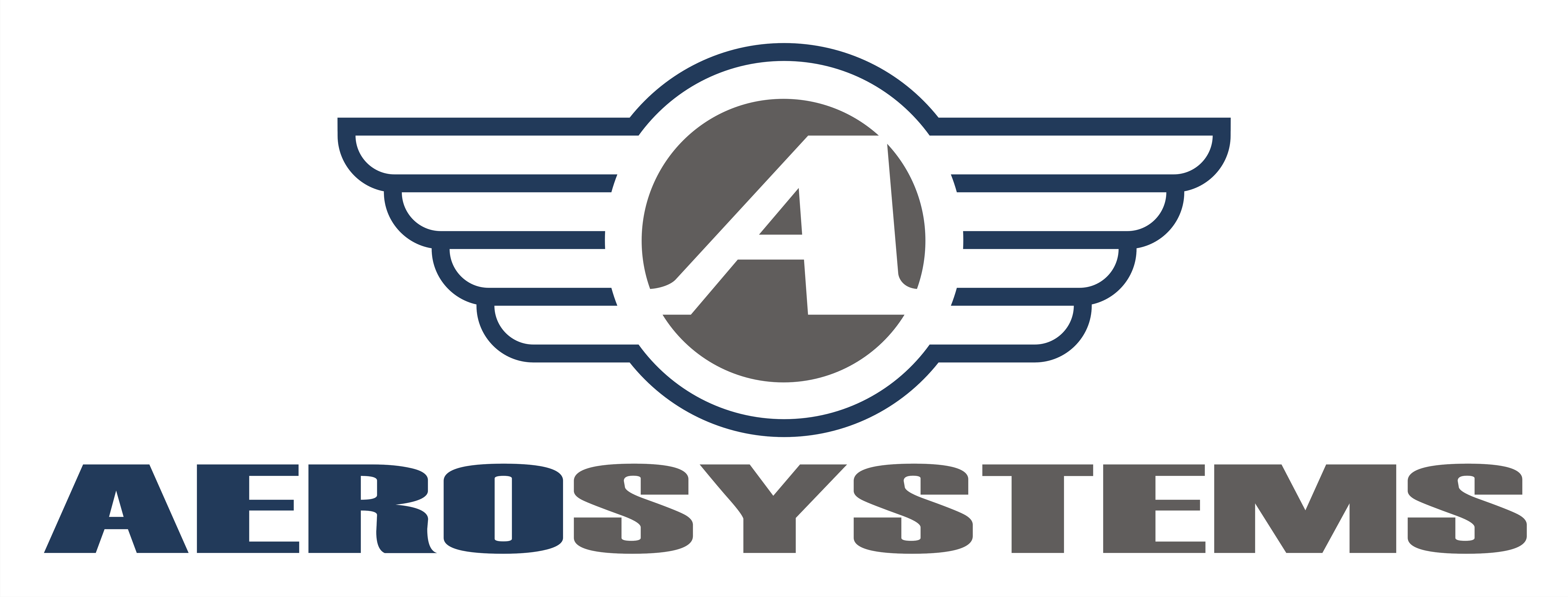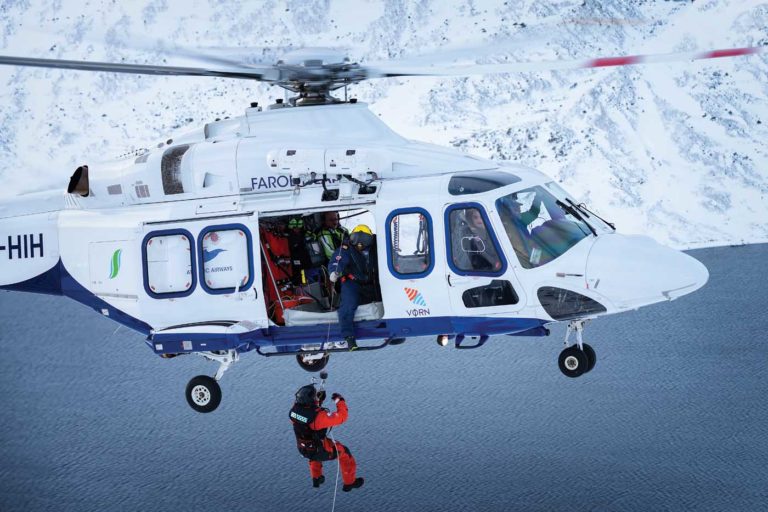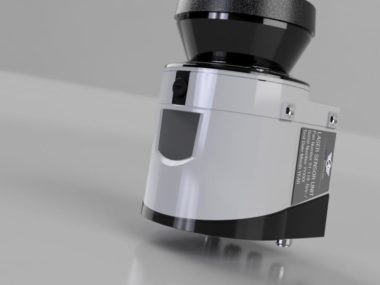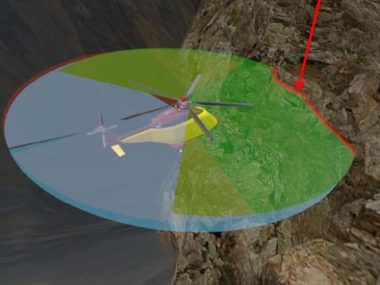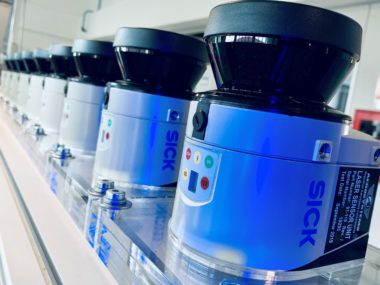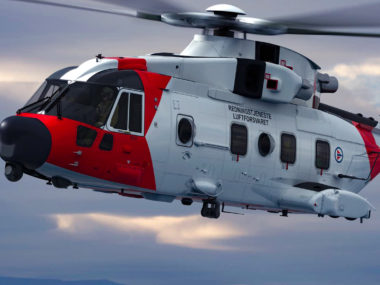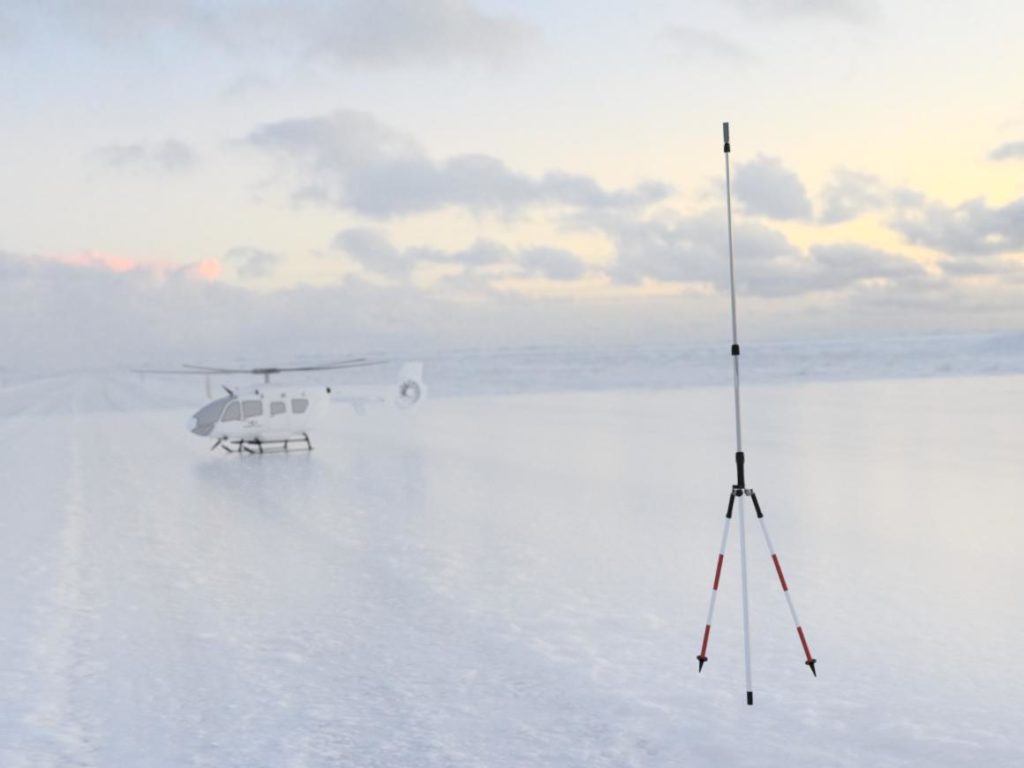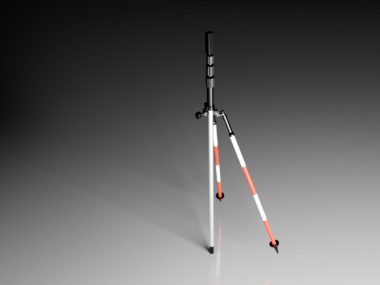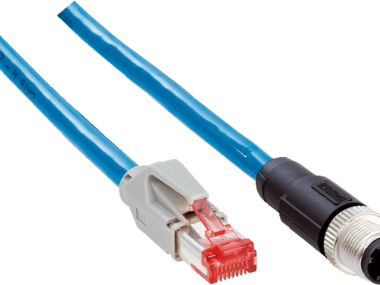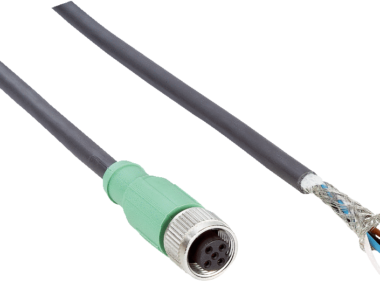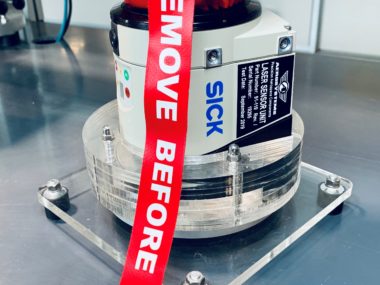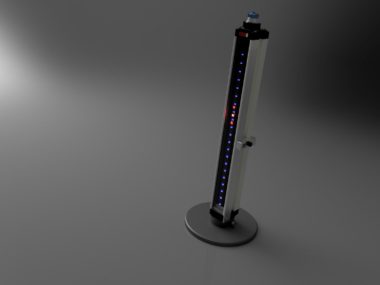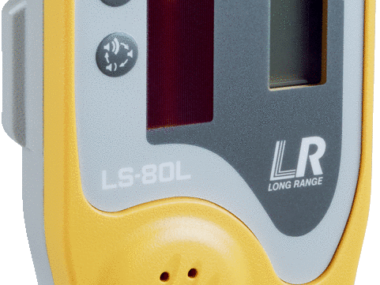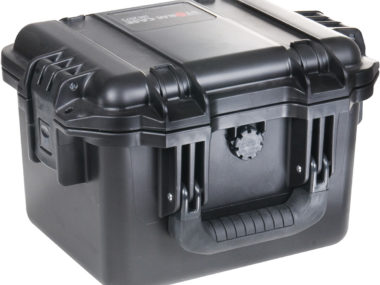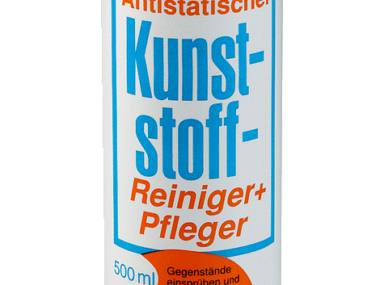AEROSYSTEMS LSU Laser Sensor Unit
Lidar Laser Sensors – Light Detection And Ranging solutions
The LiDAR (Light Detection And Ranging) laser measurement technology offers solutions for a wide range of applications. The two or more dimension contour data recorded can be processed both internally and externally. The technology is ideal for indoor and outdoor applications, for example anti-collision in ports, classification in traffic, detection in building automation, or position evaluation in navigation, for example.
LSU The first choice for efficiency in measuring and detection tasks
In virtually every sector and industry, efficiency is top priority. In addition to low procurement and operating costs, the performance of the components in use is particularly crucial in this regard. And this is precisely where SICK excels as the market leader for high-performance sensors with 2D laser scanners. Equipped with modern multi-echo technology and high mechanical ruggedness, they are ideally suited for a wide range of applications thanks to their excellent reliability.
LASER SENSOR UNIT (LiDAR) Technical Data:
- Optical Indicators: 7-segment display (plus 5 LEDs showing device status, contamination warning and initial condition)
- Aperture angle: 270°
- Scanning frequency: 25 Hz / 50 Hz
- Operating range: 0.5 m – 50 m
- Operating Voltage: 10.8 V DC – 30 V DC
- Temperature Range: -30°C to 50°C.
- Electromagnetic Compatibility: EMC EN 61000-6-2:2005 / EN 61000-6-4 (2007-01)
- Vibration Resistance: EN 60068-2-6 (1995-04)
- Shock Resistance: EN 60068-2-27 (1993-03)
- Max Weight: 1.1 kg
Aircraft Collision Avoidance Safety System
The AEROSYSTEMS LiDAR LSU was chosen as the best solution for a new “collision avoidance safety system” developed by Aerosystems for Helicopters. The LiDAR, named Laser Sensor Unit (LSU), configured by Aerosystems for aerospace applications, is now part of helicopters collision avoidance systems destined for Search and Rescue (SAR) deployment and Offshore services. The LSU is an electro-optical laser measurement sensor that electro-sensitively scans the perimeter of its surroundings in a plane with the aid of laser beams.
Designed to allow high versatility and customized solutions Aerosystems LSU are used in different Helicopters Obstacle Proximity LiDAR Systems that enhance mission capability and safety.
Helicopters operating in SAR operations are often required to fly near obstacles – rocks, trees, buildings, antennas and so on – in daylight or darkness and in adverse climatic conditions. Aerosystems wanted to provide the pilots with a sophisticated collision avoidance system that would aid the pilot by indicating the distance of the helicopter from these obstacles.
The system is based on a set of 3 Aerosystems Laser Sensor Unit (LSU), the data from which are collected by a computer and displayed in the cockpit. The system consists of three main rotor-head-mounted LiDAR (Laser imaging Detection and Ranging) sensors that generate a 360 degrees radial view around the aircraft and a dedicated cockpit control panel. The system ensures fast and accurate detection and tracking of short-range obstacles up to 25 m (80 ft) away by time-of-flight measurement at different angles. Pilots can operate and monitor the system from the control panel while video and audio indications are provided on the Multi-Function Displays (MFDs) and through aircraft inter communication system (ICS).
The Laser Sensor Unit (LSU) Aerosystems has a lot of benefits and can be installed on different aircrafts. The LSU is the smallest and an alternative to other existing solutions at this time. The LSU is practical regarding dimensions and weight, space-saving (with its transmitter and receiver in a single housing), with low operating costs. The innovation involved here is the double-pulse technology that increases outdoor availability and can even be mounted behind glass. This LiDAR is also particularly suitable due to the possibility of mounting them directly below the helicopter Rotor Blade and monitoring all the Blades Obstacle Area. The LSU assists pilot operations by offering definable monitoring fields (also dynamic fields) evaluation using intelligent algorithms, creation of evaluation strategies, dynamic field adaptation, object blanking possible, contour of surroundings used as a reference. A practical solution that can be easily integrated onboard a helicopter or an aircraft with minimal integration effort and cost.
ACCESSORIES – GSE Ground Support Equipment
The LSU AEROSYSTEMS LiDAR can be provided with the following accessories for Ground Support, Maintenance, Cleaning and Installation.
TARGET SHAFT – PN 91-199
This tool is used at line and base maintenance level during the calibration procedure of the Obstacle Proximity Lidar System laser sensors. It must be positioned near the helicopter and perpendicular to the ground to guarantee a correct calibration of the sensors.
- The Target Shaft is a Special Tool for targeting during installation, provided with bubble level and tripod legs.
- All the shaft has a special Reflective surface.
- Portable with Bags.
ETHERNET DATA CABLE – PN 1615000
- 4 poles, shielded, M12 plug, 4 Pin (D-Type encoded) / RJ45 plug, 8 Pin, 5m
- Connection type head A: Male connector, M12, 4-pin, straight, D-coded
- Connection type head B: Male connector, RJ45, 8-pin, straight
- Tightening torque: 0.4 Nm
- Cable: 5 m, 4-wire, AWG26, PUR, halogen-free
- Jacket material: PUR, halogen-free
- Jacket color: Green/Blue
- Cable diameter: 6.4 mm
- Conductor cross-section: 0.14 mm²
- Shielding: Shielded
- Reference voltage: ≤ 60 V
- Current loading: 4 A
- Signal type: Ethernet
- Enclosure rating: IP67 (M12), IP20 (RJ45) 1)
POWER SUPPLY CABLE – PN 1616000
- 4 x 0,50 mm2, shielded, M12 Socket, 5 Pin (A-Type encoded) / open end, 5m
- Connection type head A: Female connector, M12, 5-pin, straight, A-coded
- Connection type head B: Flying leads
- Connection type: Flying leads
- Cable: 5 m, 4-wire
- Conductor cross-section: 0.5 mm²
- Shielding: Shielded
- Signal type: Power
ALIGNMENT BAR – PN 2710004
The Alignment Bar isused to detect infrared (IR) light transmitted by SICK sensors.
- The Alignment Bar consists of an array of twenty-one IR receiver elements located 15mm apart.
- When IR light is detected, the red LED located next to each IR receiver element will illuminate.
- The Alignement bar can be attached to the Target Shaft.
OPTICS PLASTIC CLEANER – PN 2711000
- Cleaner and Care Product (antistatic) 1 Litre.
- The plastic material of the Optical laser sensor lens is very sensitive to the cleaning agents and abrasive cloths. Do not use these materials to clean the laser sensor lens of the lasersensor unit: An aggressive cleaning fluid, an abrasive cleaning cloth.
A damage to the laser sensor lens and the related unsatisfactory performance of the LiDAR can occur if you do not obey these precautions. - The plastic material of the Optical laser sensor lens can cause the bond of unwanted dust particles when static electrical charges occur. Always use the approved applicable cleaning materials to decrease static charge effect while you clean it and then when it will be in-service.
OPTICS CLEANING CLOTH – PN 2711001
- Large microfiber Special Cloth for Optics cleaning to be used with the antistatic Optics Plastic Cleaner.
- The plastic material of the Optical laser sensor lens is very sensitive to the cleaning agents and abrasive cloths. Do not use these materials to clean the laser sensor lens of the laser sensor unit: An aggressive cleaning fluid, an abrasive cleaning cloth.
- A damage to the laser sensor lens and the related unsatisfactory performance of the LiDAR can occur if you do not obey these precautions.
- The plastic material of the Optical laser sensor lens can cause the bond of unwanted dust particles when static electrical charges occur. Always use the approved applicable cleaning materials to decrease static charge effect while you clean it and then when it will be in-service.
